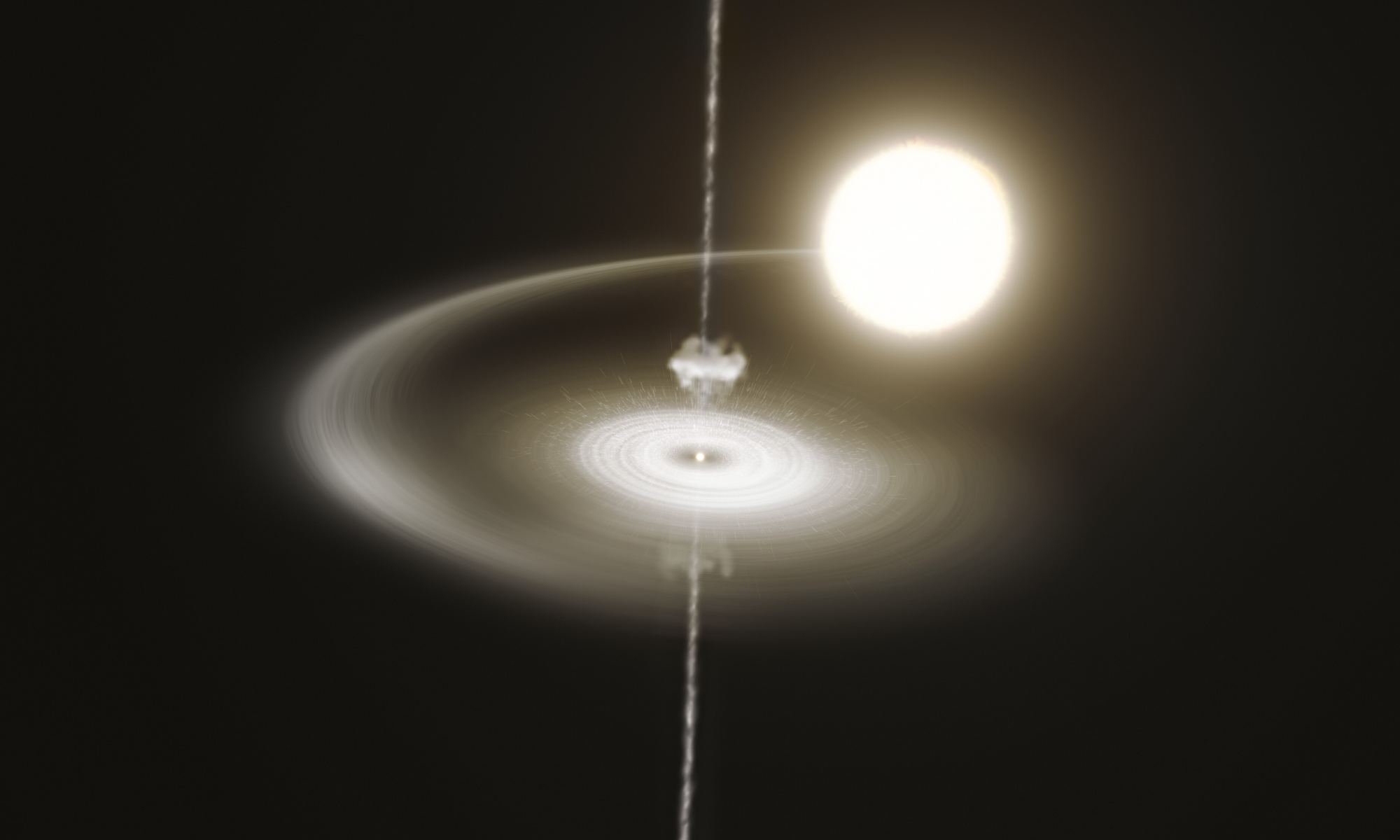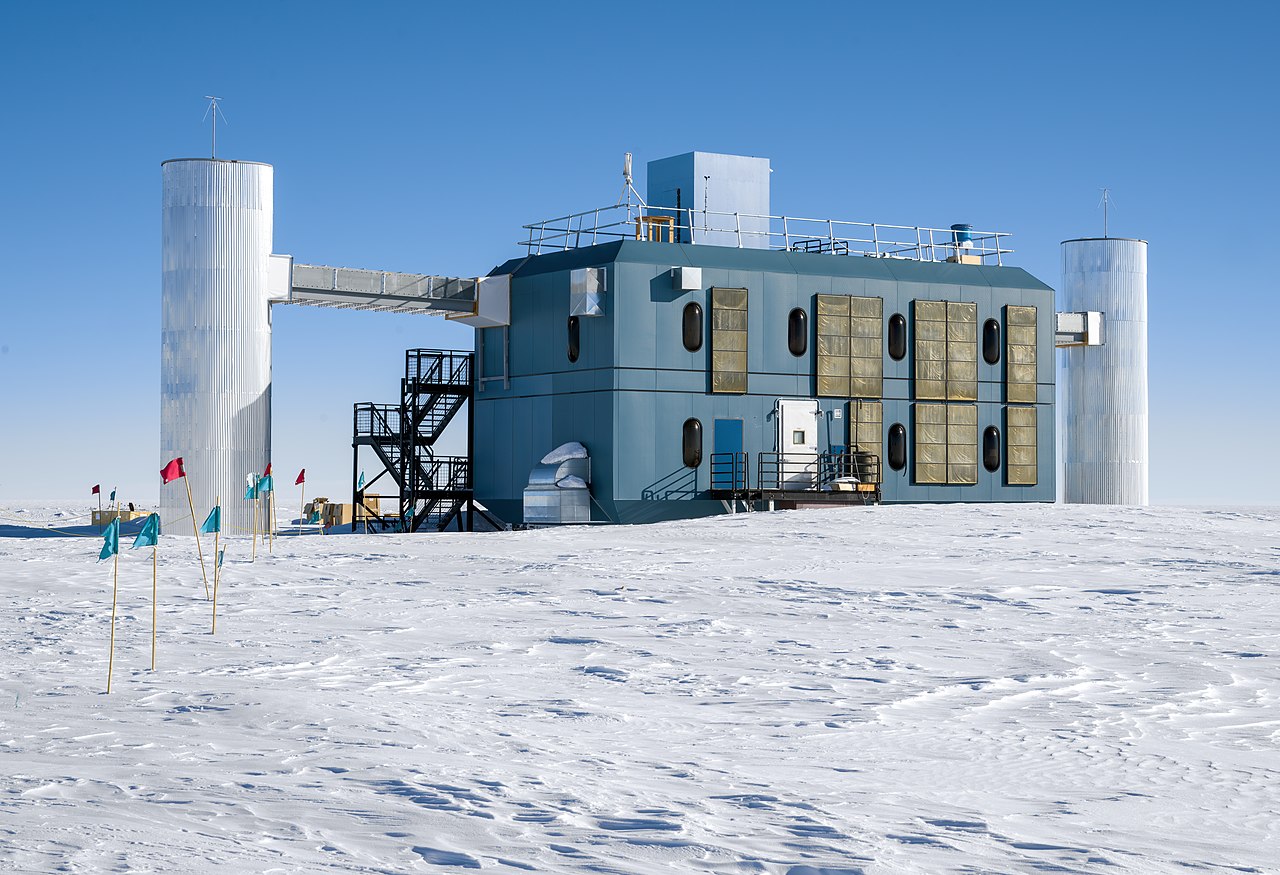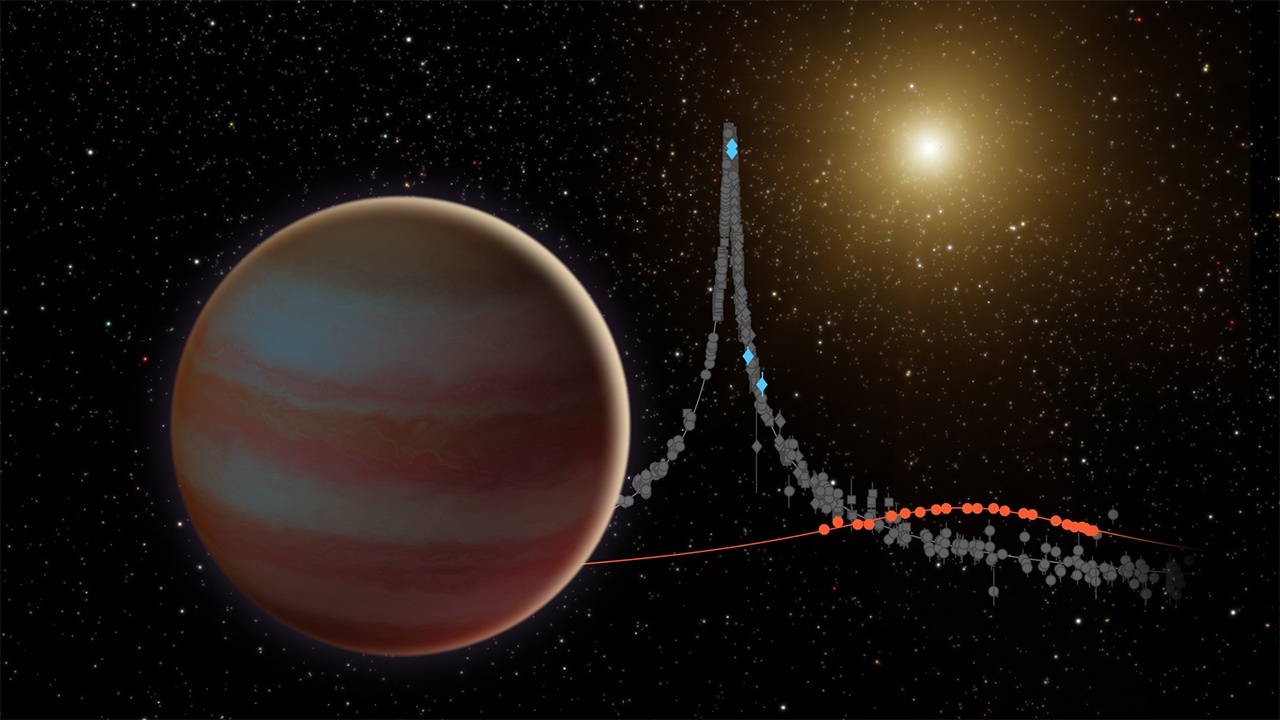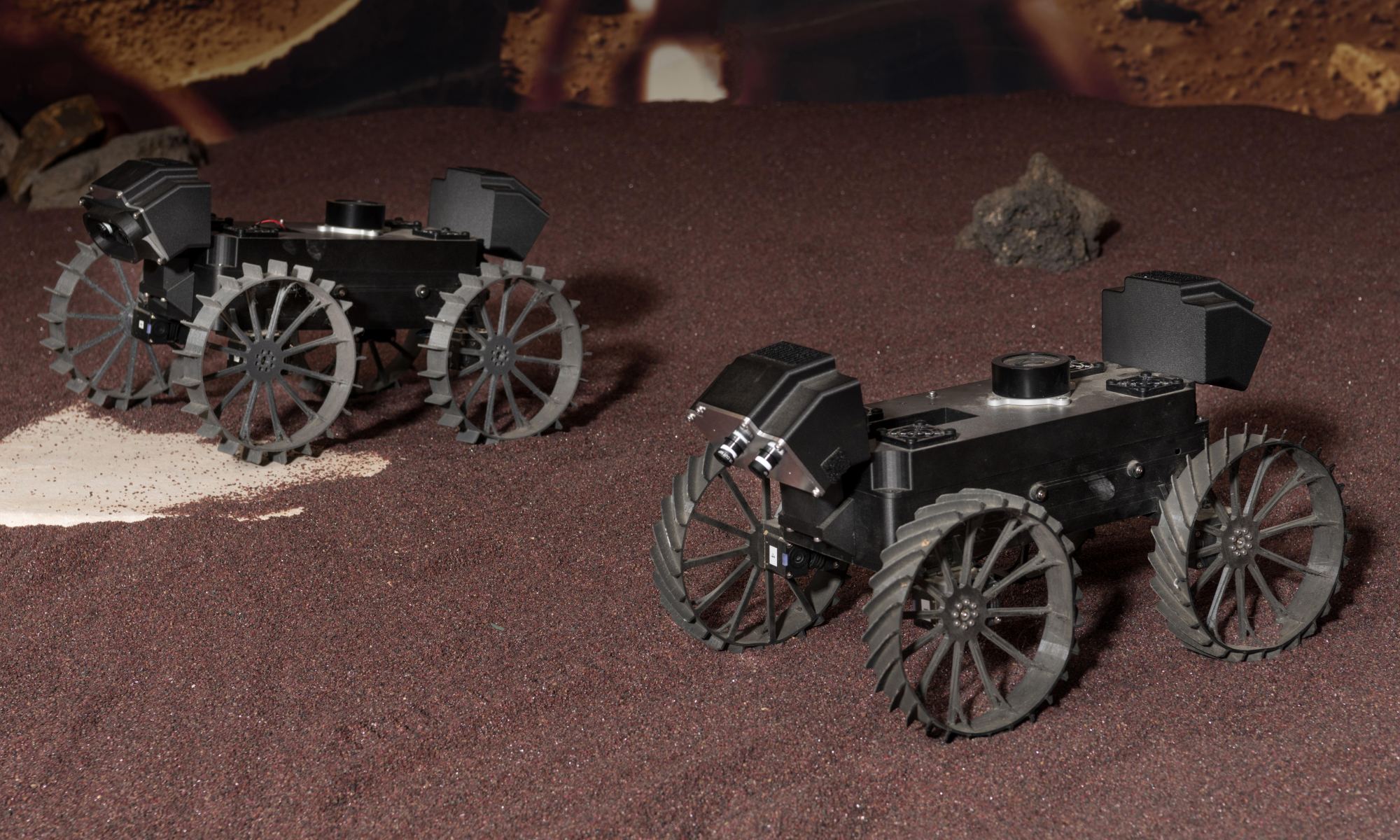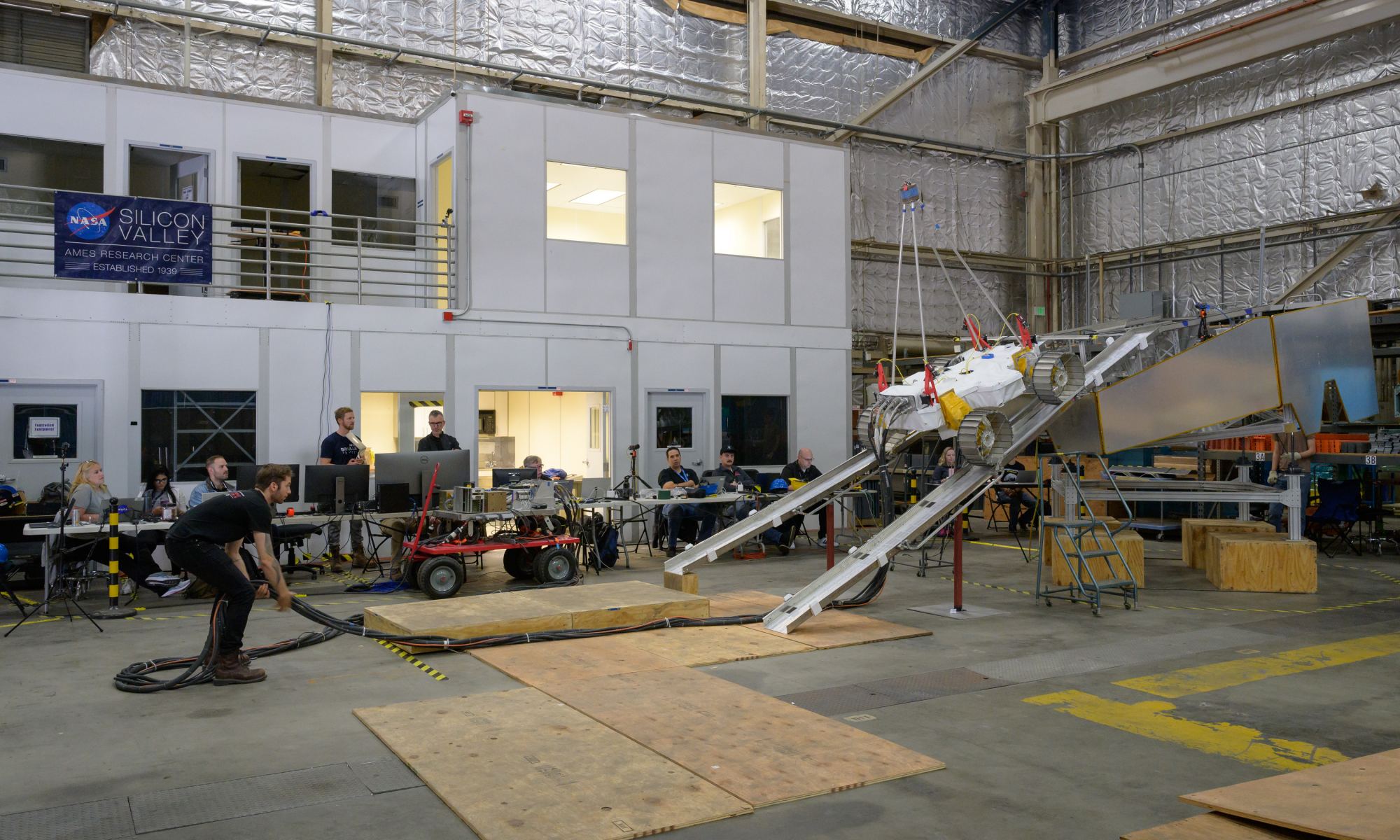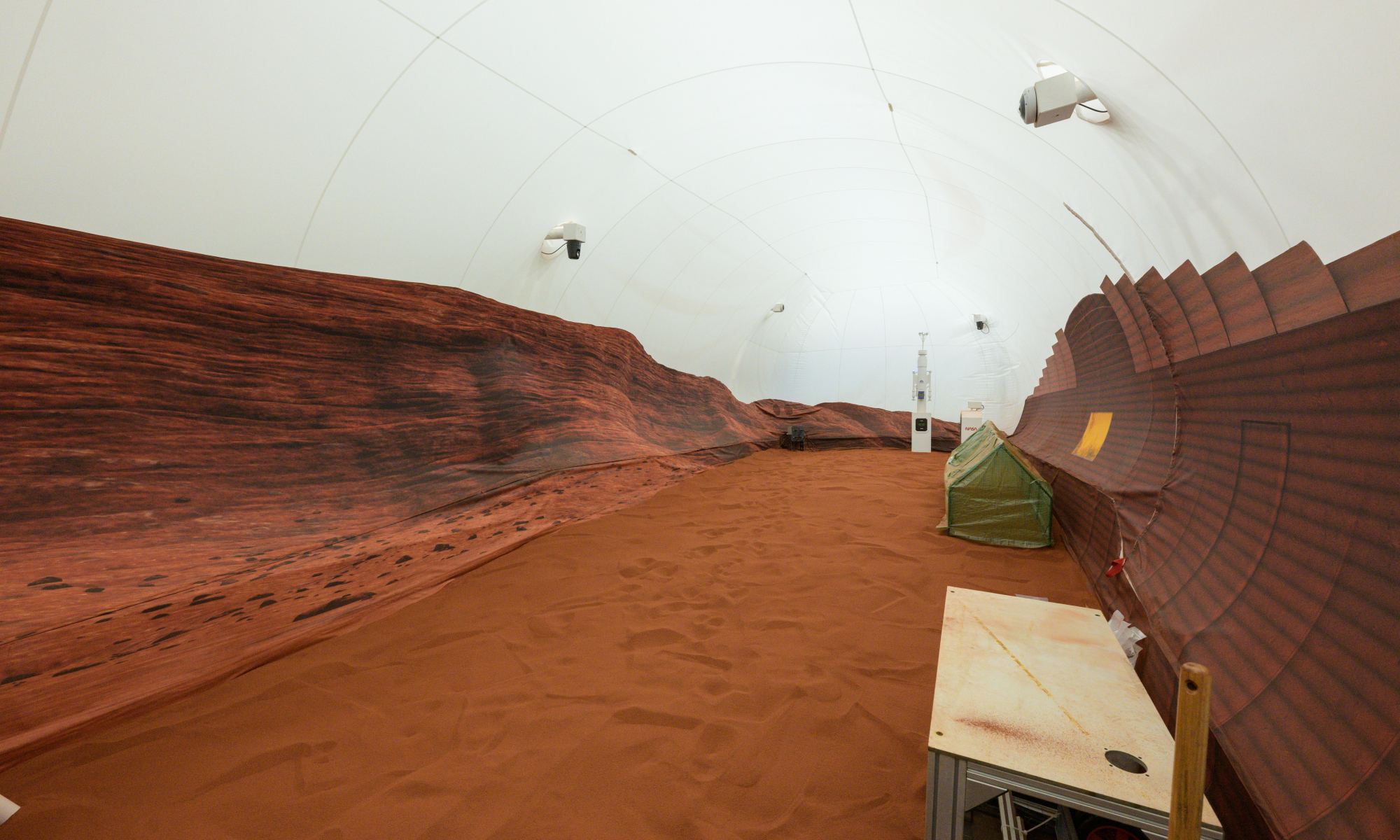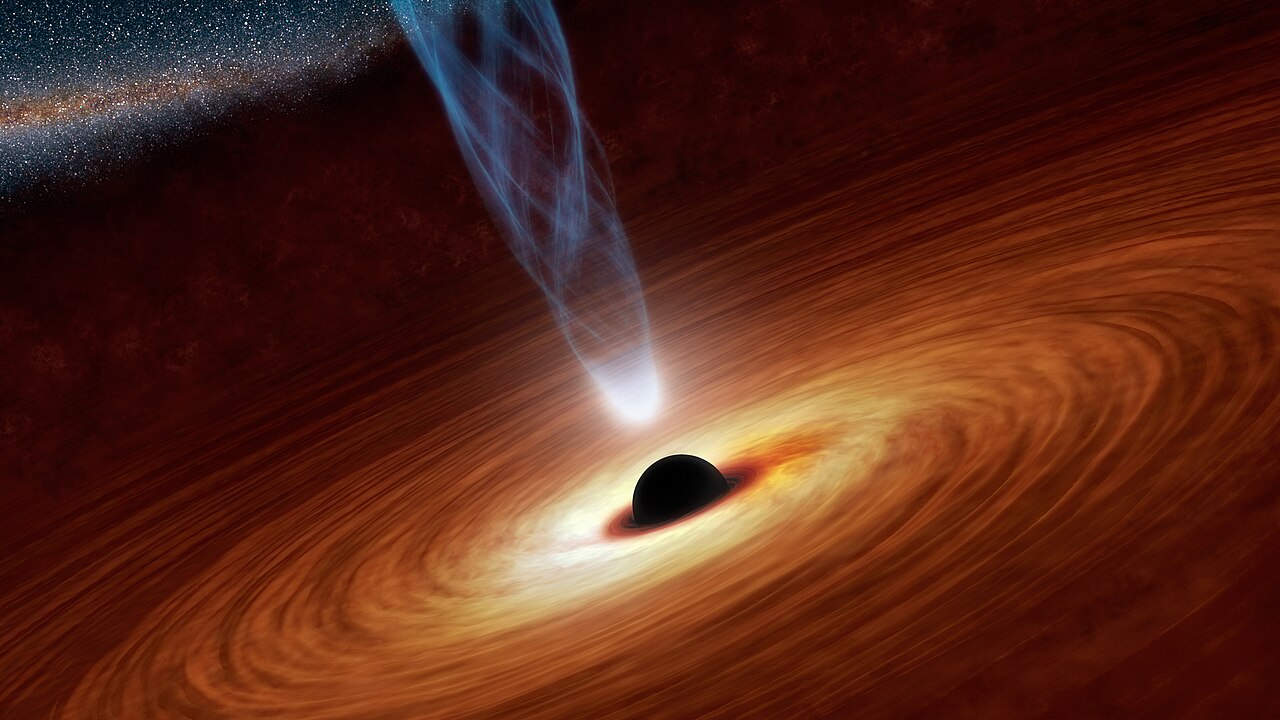One of the miracles of modern astronomy is the ability to ‘see’ wavelengths of light that human eyes can’t. Last week, astronomers put that superpower to good use and released five new images showcasing the universe in every wavelength from X-ray to infrared.
Combining data from both Earth- and ground-based telescopes, the five images reveal a diverse set of astronomical phenomena, including the galactic centre, the death throes of stars, and distant galaxies traversing the cosmos.
Continue reading “A Collection of New Images Reveal X-Rays Across the Universe”

